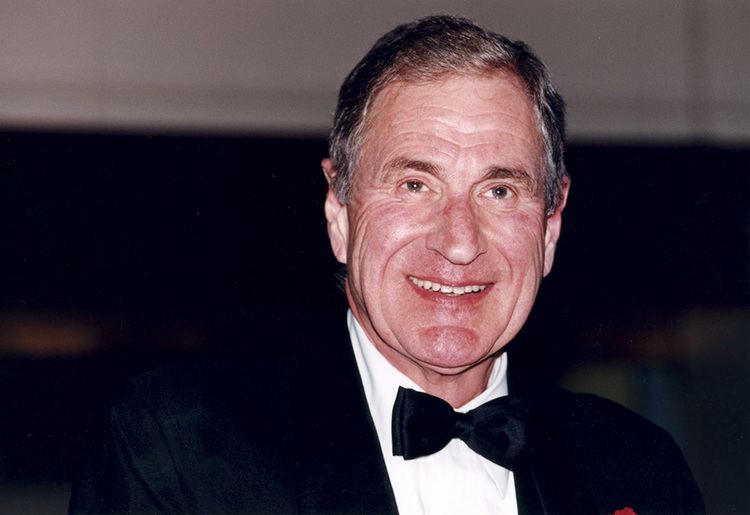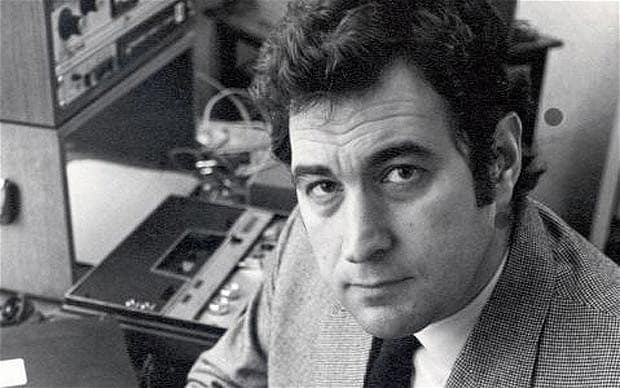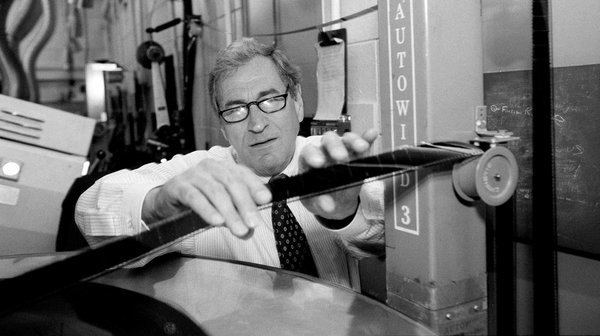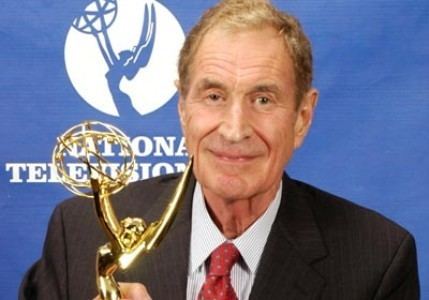Role Engineer | Children Tom Dolby Name Ray Dolby | |
 | ||
Full Name Ray Milton Dolby Significant awards National Medal of Technology (1997)Honorary Officer of the Order of the British Empire (1987) Education University of Cambridge (1961), Stanford University (1957), Sequoia High School (1951), San Jose State University Awards National Medal of Technology and Innovation Similar People Dagmar Dolby, Tom Dolby, Peter Gotcher | ||
Institution memberships Dolby Laboratories Organizations founded Dolby Laboratories | ||
Ray dolby noise reduction mobile 21
Ray Milton Dolby (; January 18, 1933 – September 12, 2013) was an American engineer and inventor of the noise reduction system known as Dolby NR. He helped develop the video tape recorder while at Ampex and was the founder of Dolby Laboratories.
Contents
- Ray dolby noise reduction mobile 21
- Remembering ray dolby dean meminger lewis morely rochus misch
- Early life
- Career
- Death
- Dolby noise reduction
- Awards and honors
- US patents
- References
Remembering ray dolby dean meminger lewis morely rochus misch
Early life

Dolby was born in Portland, Oregon, the son of Esther Eufemia (née Strand) and Earl Milton Dolby, an inventor. He was raised in San Francisco and attended Sequoia High School (class of 1951) in Redwood City, California. As a teenager in the decade following World War II, he held part-time and summer jobs at Ampex in Redwood City, working with their first audio tape recorder in 1949. While at San Jose State College and later at Stanford University (interrupted by two years of Army service), he worked on early prototypes of video tape recorder technologies for Alexander M. Poniatoff and Charlie Ginsburg. As a non degree-holding "consultant", Dolby played a key role in the effort that led Ampex to unveil their prototype Quadruplex videotape recorder in April 1956 which soon entered production.
Career

In 1957, Dolby received his B.S. in electrical engineering from Stanford. He subsequently won a Marshall Scholarship for a Ph.D. (1961) in physics from the University of Cambridge, where he was a Research Fellow at Pembroke College.

After Cambridge, Dolby acted as a technical advisor to the United Nations in India, until 1965 when he returned to England, where he founded Dolby Laboratories in London with a staff of four. In that same year, 1965, he officially invented the Dolby Sound System, a form of audio signal processing. His first U.S. patent was not filed until 1969, four years later. The filter was first used by Decca Records in the UK.

Dolby was a Fellow and past president of the Audio Engineering Society.
Death
Dolby died of leukemia on September 12, 2013, at his home in San Francisco at the age of 80. Dolby was survived by his wife Dagmar, two sons, Tom and David, and four grandchildren. Kevin Yeaman, president and chief executive of Dolby Laboratories, said "Today we lost a friend, mentor and true visionary." Neil Portnow, president of the National Academy of Recording Arts and Sciences, said Dolby had "changed the way we listen to music and movies for nearly 50 years" and that Dolby's "technologies have become an essential part of the creative process for recording artists and filmmakers, ensuring his remarkable legacy for generations to come."
In his will, Dolby bequeathed more than $52 million to Pembroke College at the University of Cambridge, the largest single donation received by the University's current fundraising campaign.
Dolby noise reduction
The analog Dolby B noise-reduction system works by compressing and increasing the volume of low-level high-frequency sounds during recording and correspondingly reverses the process during playback. This high-frequency round turn reduces the audible level of tape hiss.
